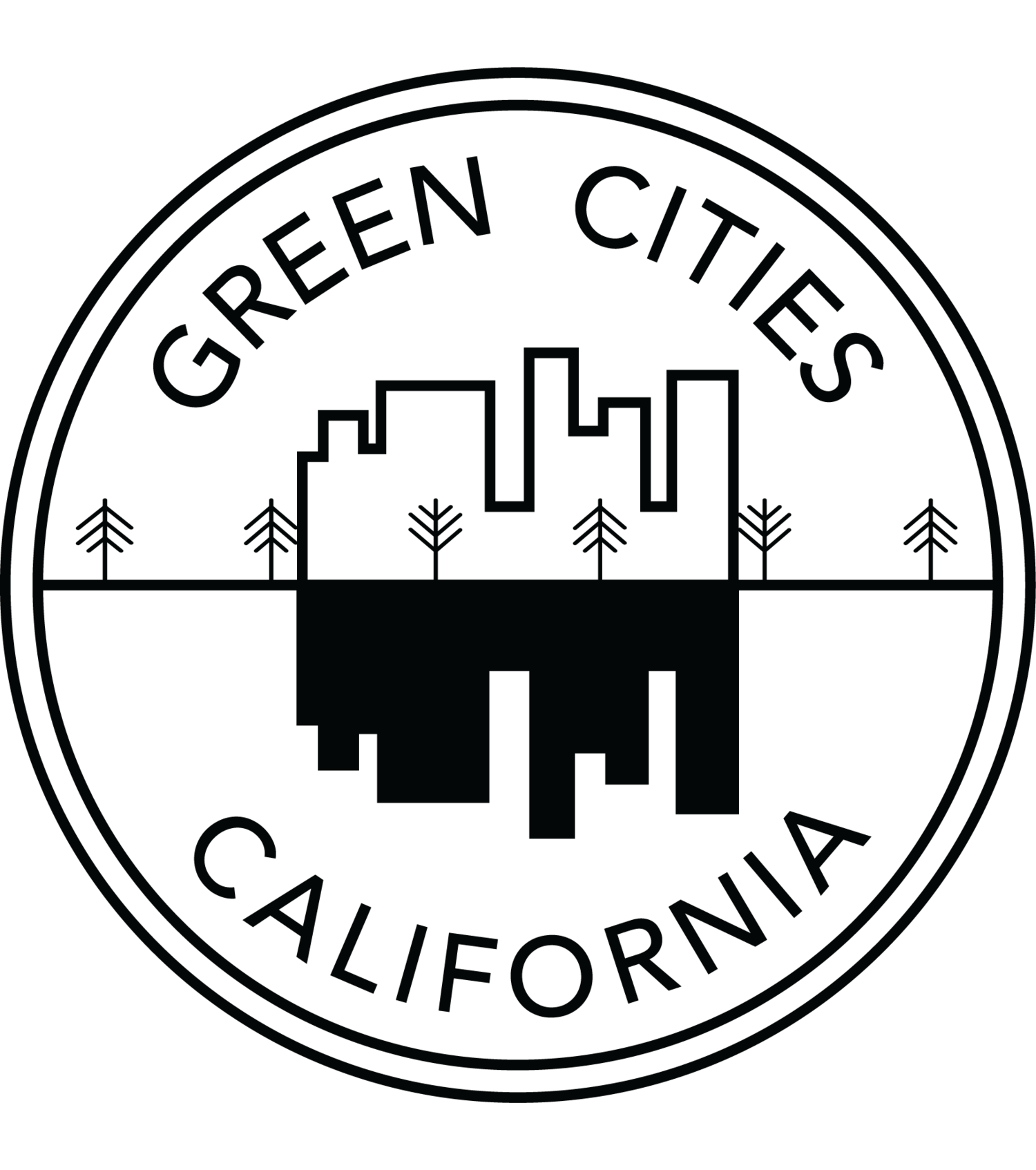One-of-a-kind environmental education experiences for youth (Green Schools Program)
santa cruz county, ca
How you can benefit
This county program helps K-12th grade schools save money, train students to be zero waste monitors, conduct water and energy audits, and evaluate a school's carbon pollution footprint.
Why it's a leading program
The program provides unique partnerships and hands-on learning experiences. For example, the O'Neil Sea Odyssey, founded by the inventor of the wetsuit, takes students to remove from the ocean toxic plastic microbeads from personal care products. And at Pacific School in Davenport, students work in the organic garden, and grow food and make lunch for each other.
Schools often do not have time to be a certified green business which includes incentives and training for staff, pollution prevention, energy and water conservation, and zero waste. This program is unique because when schools finish the Green Schools Checklist, they can get a Green Business Certification.
Goal
To educate youth on how to conserve resources, prevent pollution from storm water runoff, and achieve zero waste.
Who can take action
All schools in the county, including private and charter schools.
Outcome
Santa Cruz County reports having a high participation and demand from its citizenry for environmental programs. Several schools finished the Green Schools Checklist, which earned them a Green Business Certification.
Contact
Ana Maria Rebelo, Environmental Education Program Coordinator, Public Works, Santa Cruz County, (831) 454-2636, dpw124@co.santa-cruz.ca.us
Last Updated
October 29, 2015

